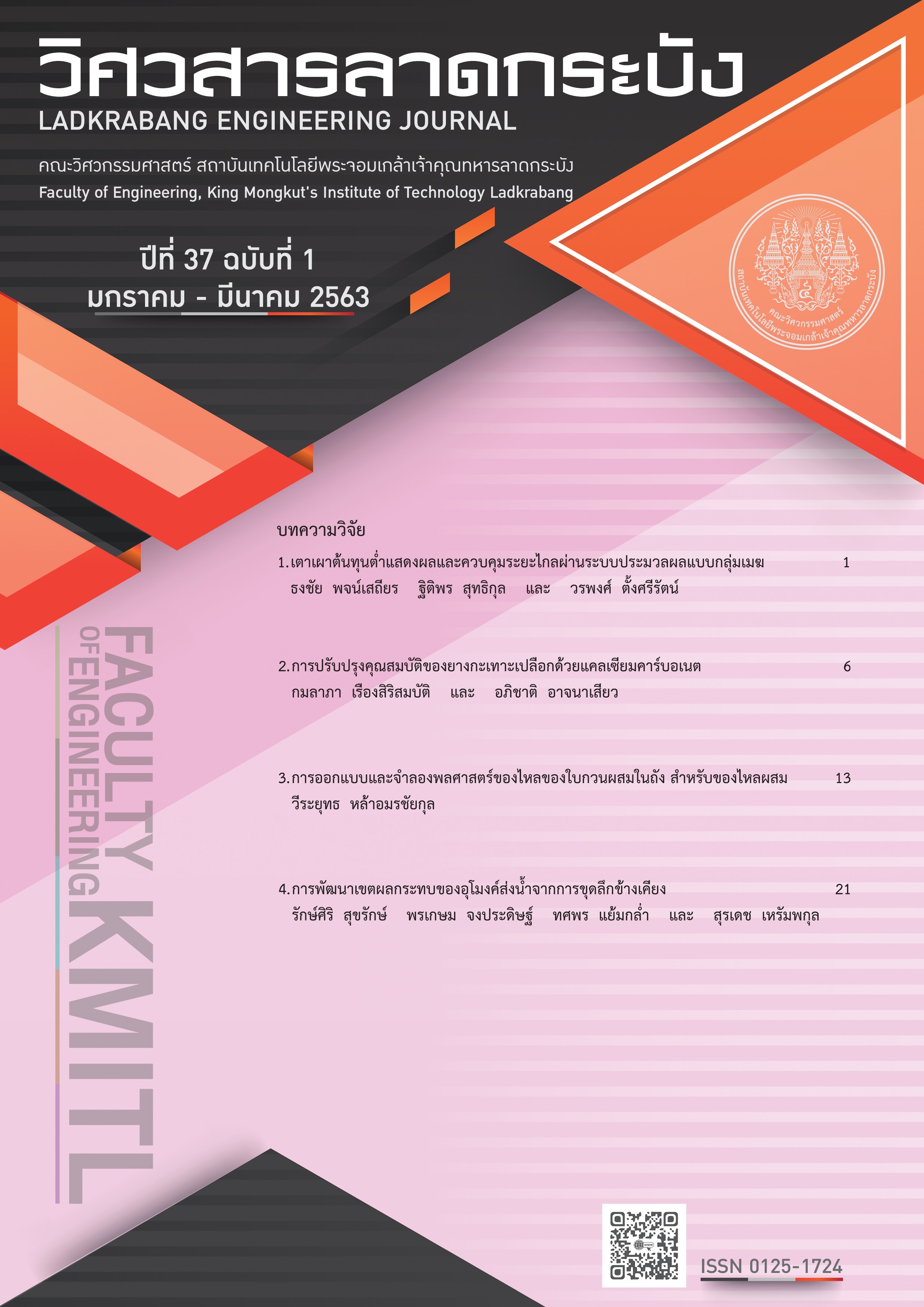Development of Influence zone of Water Supply Tunnel due to Nearby Deep Excavation
Keywords:
Influence zone, Water supply tunnels, Finite element, Parametric study, Deep excavationAbstract
A number of tunnels are being and have been constructed in the major cities due to the demand from an increasing population. Meanwhile, the increased need for building in congested urban areas often requires the basement floor. Deep excavation in close vicinity to the existing tunnels has a potential to worsen the stability or serviceability of the tunnel. The objective of this study is to develop the influence zone for tunnels due to the nearby deep excavation. Series of finite element parametric study on tunnel behavior induced by nearby deep excavation is carried out. Several factors affecting the tunnel response including tunnel diameter, excavation depth and relative distance are considered in the analyses. The results reveal that the excavation depth and relative distance have a significant impact on the movement and safety factor of the tunnels. Finally, based on the relationship between tunnel movement and safety factor, this study suggests the influence zone of tunnels due to the nearby deep excavation which may be useful for tunnel owner to establish a guideline for permission of nearby construction of basement floor of a building.
References
W. Teparaksa and J. Teparaksa, "Displacement of diaphragm wall for very deep basement excavation in soft Bangkok clay," International Journal of GEOMATE, Vol.14(46), pp. 57-62, 2018.
W. Teparaksa, "Principal and Application of Instrument for the First MRTA Subway Project in Bangkok," The 5th Int. Symposium on Field Measurement in Geomechanics. Singapore, 1999.
C. Chhenga and S. Likitlersuang, "Underground excavation behaviour in Bangkok using three-dimensional finite element method," Computers and Geotechnics, Vol. 95, pp. 68-81, 2018.
Z. F. Hu, Z. Q. Yue, J. Zhou and L. G. Tham, "Design and construction of a deep excavation in soft soils adjacent to the Shanghai Metro tunnels," Canadian Geotechnical Journal, vol. 40(5), pp. 933-948, 2003.
X. Huang, H. Huang and D. Zhang, "Centrifuge modelling of deep excavation over existing tunnels," Proceedings of the Institution of Civil Engineers - Geotechnical Engineering, Vol. 167(1), pp. 3-18, 2014.
R. Liang, T. Xia, M. Huang and C. Lin, "Simplified analytical method for evaluating the effects of adjacent excavation on shield tunnel considering the shearing effect," Computers and Geotechnics, Vol. 81, pp. 167–187, 2017.
R. Chen, F. Meng, Z. Li, Y. Ye and J. Ye, "Investigation of response of metro tunnels due to adjacent large excavation and protective measures in soft soils," Tunnelling and Underground Space Technology, Vol. 58, pp. 224–235, 2016.
X. Huang, HF. Schweiger and H. Huang, "Influence of Deep Excavations on Nearby Existing Tunnels," International Journal of Geomechanics ASCE, Vol. 13(2), pp. 170-180, 2013.
Z. Gang and W. Shao-wei, "Numerical analyses of influence of overlying pit excavation on existing tunnels," Journal of Central South University of Technology, Vol. 15(s2), pp. 69-75, 2008.
P. Jongpradist, T. Kaewsri, A. Sawatparnich, S. Suwansawat, S. Youwai, W. Kongkitkul and J. Sunitsakul, "Development of tunneling influence zones for adjacent pile foundation by numerical analyses,” Tunnelling and Underground Space Technology, Vol. 34, pp. 96-109, 2013.
S. Waichita, P. Jongpradist and P. Jamsawang, “Characterization of deep cement mixing wall behavior using wall-toexcavation shape factor,” Tunnelling and Underground Space Technology, Vol. 83, pp. 243–253, 2019.
R. B. Peck, “Deep excavations and tunneling in soft ground. Proceeding of 7th international conference on soil mechanics and foundation engineering,” Mexico City: State of the Art Report, 1969.
Downloads
Published
How to Cite
Issue
Section
License

This work is licensed under a Creative Commons Attribution-NonCommercial-NoDerivatives 4.0 International License.
The published articles are copyrighted by the School of Engineering, King Mongkut's Institute of Technology Ladkrabang.
The statements contained in each article in this academic journal are the personal opinions of each author and are not related to King Mongkut's Institute of Technology Ladkrabang and other faculty members in the institute.
Responsibility for all elements of each article belongs to each author; If there are any mistakes, each author is solely responsible for his own articles.






